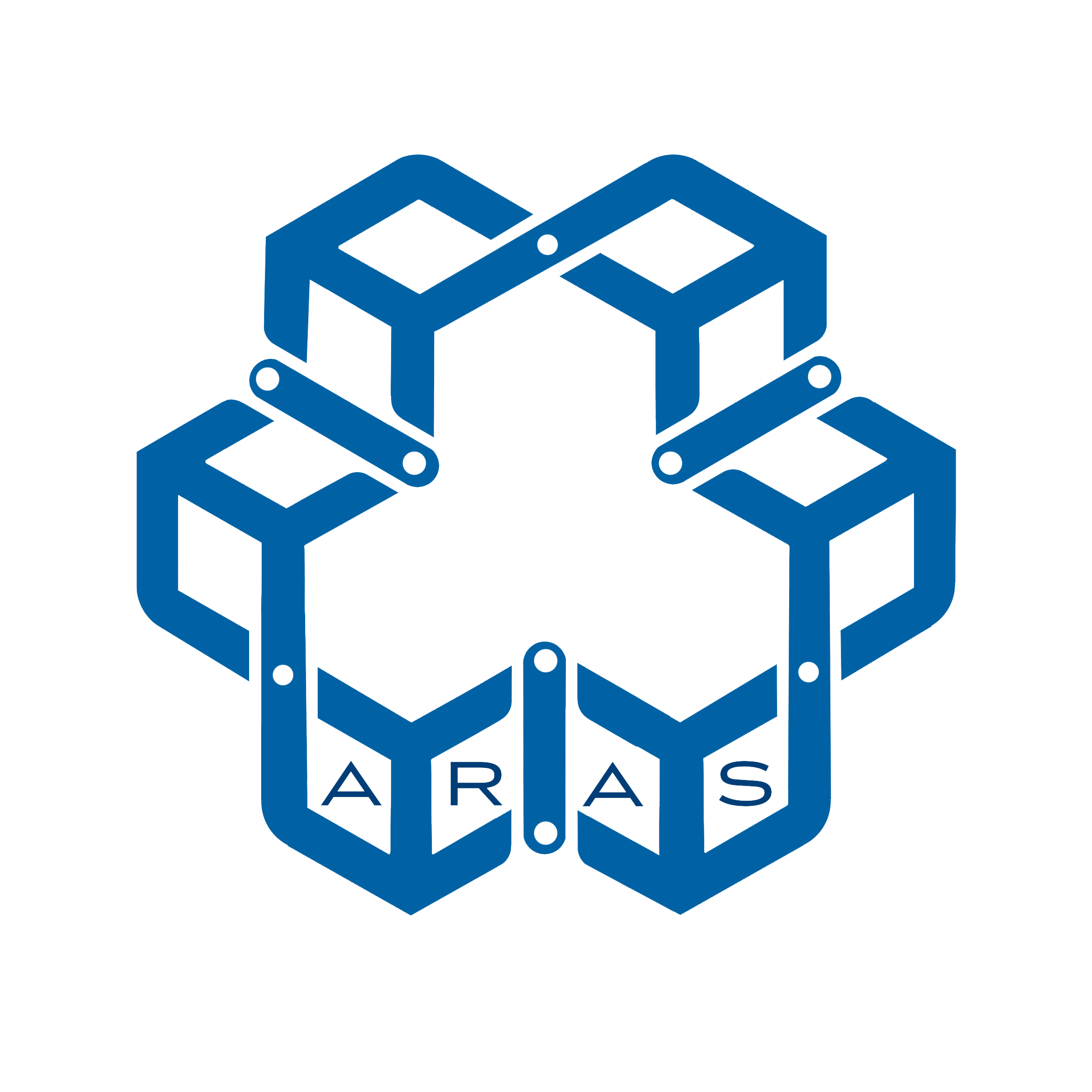| Name | Title | Year | Degree | Research Group |
|---|---|---|---|---|
| Mohammad Amin Kashi | No record found. | 2020 | M.Sc. | Autonomous Robotics |
| Mohammad Amin Kashi | No record found. | 2017 | B.Sc. | Autonomous Robotics |
| Omid Esrafilian, Mohammad Farahi, Mohammad Amin Mahmoudzadeh | No record found. | 2014 | B.Sc. | Autonomous Robotics |
